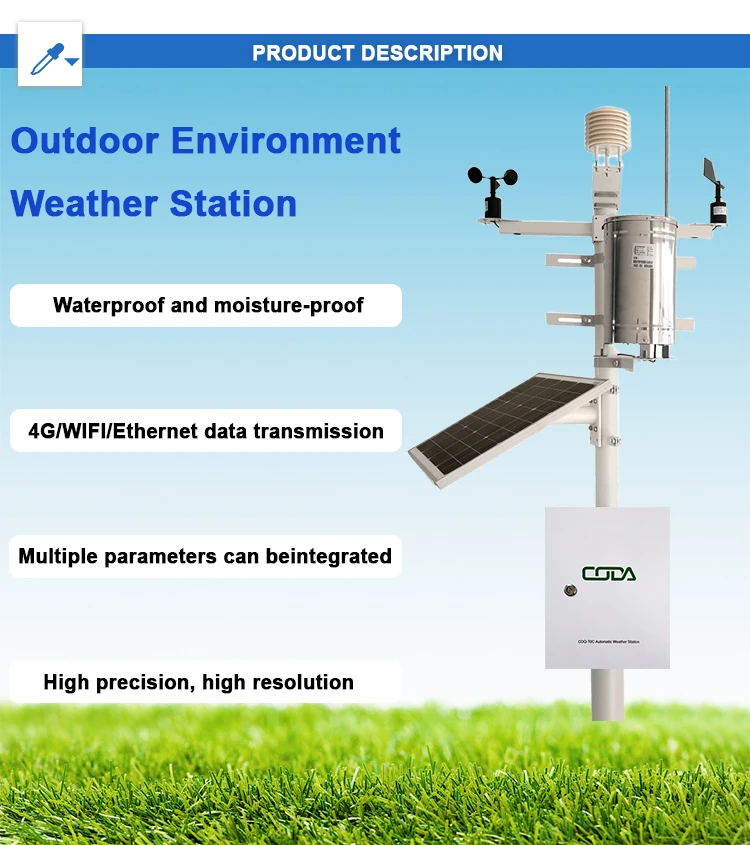
# Automatic Weather Station: Definition and Functionality
## What is an Automatic Weather Station?
An Automatic Weather Station (AWS) is a system designed to collect meteorological data without human intervention. These stations are equipped with various sensors that measure atmospheric conditions such as temperature, humidity, wind speed and direction, rainfall, solar radiation, and barometric pressure. The collected data is typically transmitted to a central database or processing unit for analysis and forecasting purposes.
AWS systems have become increasingly important in modern meteorology, agriculture, aviation, and environmental monitoring due to their ability to provide continuous, real-time weather data from remote locations.
## Key Components of an Automatic Weather Station
A typical AWS consists of several essential components:
– Sensors: Specialized instruments that measure specific weather parameters
– Data logger: A device that records and stores measurements from the sensors
– Power supply: Usually solar panels with battery backup for continuous operation
– Communication system: Transmits data to central servers via radio, satellite, or cellular networks
– Mounting structure: Supports the equipment and positions sensors at proper heights
## Functionality and Applications
Automatic Weather Stations serve multiple functions across various sectors:
### 1. Meteorological Monitoring
AWS networks provide comprehensive weather data for forecasting models, helping meteorologists predict weather patterns more accurately. They’re particularly valuable in areas where manual observations are impractical or impossible.
### 2. Agricultural Applications
Farmers use AWS data to optimize irrigation schedules, predict frost events, and monitor growing conditions. The stations help in precision agriculture by providing microclimate information specific to different parts of a farm.
### 3. Aviation Safety
Airports utilize AWS to monitor runway conditions, wind shear, and visibility – critical factors for safe takeoffs and landings. The real-time data helps air traffic controllers make informed decisions.
### 4. Environmental Research
Scientists deploy AWS in remote locations to study climate change, monitor ecosystems, and track weather patterns in sensitive environments like polar regions or tropical rainforests.
## Advantages of Automatic Weather Stations
Compared to traditional manual weather observations, AWS offer several benefits:
– Continuous operation (24/7 data collection)
– Higher frequency of measurements (often every minute)
– Reduced human error in data collection
– Ability to operate in remote or hazardous locations
– Standardized measurements across locations
– Immediate data availability for decision-making
As technology advances, AWS systems are becoming more sophisticated, with improved sensors, better energy efficiency, and enhanced data transmission capabilities. These developments are making weather monitoring more accurate and accessible than ever before.
Keyword: what is automatic weather station